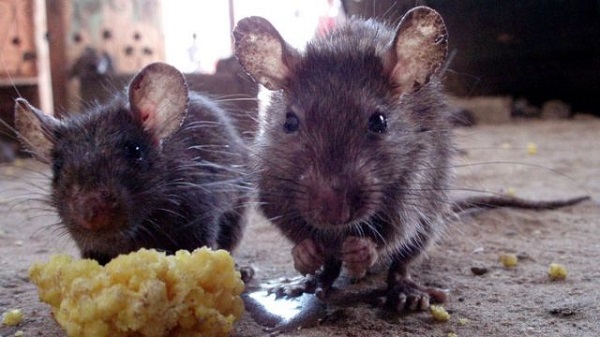
The Nigeria Centre for Disease Control and Prevention (NCDC) has confirmed that 145 people have died from Lassa fever as of Epidemiological Week 25, marking a worrying increase in the case fatality rate (CFR) from last year’s figures. The current CFR now stands at 18.6 per cent, up from 17.6 per cent recorded during the same period in 2024.
According to the latest situation report published on the NCDC website, the agency recorded 781 confirmed cases out of 5,943 suspected cases across 20 states and 101 local government areas (LGAs) from January to June 22, 2025.
In the most recent reporting week alone – June 16 to 22 – 10 new confirmed cases were documented in Ondo and Edo states, representing a slight rise from the previous week’s eight cases.
The data reveals that five states remain at the epicentre of the Lassa fever burden, accounting for 91 per cent of all confirmed cases. These include Ondo (31 per cent), Bauchi (24 per cent), Edo (17 per cent), Taraba (16 per cent), and Ebonyi (3 per cent). The disease continues to disproportionately affect young adults aged 21–30, with men slightly more affected than women, at a male-to-female ratio of 1:0.8.
Despite a drop in overall suspected and confirmed cases when compared to last year, the rising fatality rate has alarmed public health experts, with late presentation of cases, high treatment costs and poor health-seeking behaviours identified as key contributors.
While the latest update confirmed no new infections among health workers in the current week, the year’s cumulative total remains 23 infected healthcare personnel – a troubling figure, considering the high risk involved in frontline clinical care.
The NCDC said it has ramped up response activities in partnership with several national and international organisations. These include the World Health Organisation (WHO), US Centres for Disease Control and Prevention (US CDC), ALIMA and the Institute of Human Virology Nigeria (IHVN). Collectively, these stakeholders are supporting a multi-sectoral strategy to address the outbreak.
As part of its response, the agency has deployed 10 national rapid response teams to affected states, integrating the One Health approach, which emphasises collaboration between human, animal and environmental health sectors.
INTEGRATE clinical trials are also currently underway in Ondo State, aimed at improving treatment protocols and outbreak response. Additionally, After Action Reviews (AARs) have been conducted in both Ondo and Ebonyi states, allowing stakeholders to evaluate ongoing strategies and identify gaps.
To improve clinician preparedness and public engagement, the NCDC has launched an infection prevention and control (IPC) e-learning platform, distributed updated viral hemorrhaegic fever (VHF) guidelines, and initiated community sensitisation campaigns in hotspot areas. The agency has also engaged in geospatial risk mapping, media advocacy and routine webinars aimed at building the capacity of frontline health workers.
However, the NCDC flagged ongoing challenges such as poor environmental sanitation and low community awareness, especially in rural LGAs where Lassa fever cases are prevalent. It warned that sustained efforts will be essential to reduce the fatality rate, improve early detection and enhance patient outcomes.
In its advisory, the NCDC urged Nigerians to maintain proper hygiene, avoid contact with rodents, and seek medical attention promptly when experiencing symptoms like fever, sore throat, vomiting or unexplained bleeding.
Science Nigeria reports that Lassa fever is endemic in Nigeria, with outbreaks occurring almost annually since the disease was first discovered in 1969 in Lassa, Borno State. Transmitted primarily through contact with infected Mastomys rats or human-to-human in healthcare settings, the illness ranges from mild to severe and can lead to organ failure or death if not treated promptly.
Complications such as hearing loss affect about 25 per cent of survivors, and pregnant women are particularly vulnerable to severe outcomes. Despite the high disease burden, no licensed vaccine currently exists, though about 20 vaccine candidates are in development globally, with the most advanced now in ‘Phase IIa’ clinical trials.
Lassa fever remains one of the world’s most neglected diseases, with limited funding and global attention. The rising fatality rate in Nigeria underscores the urgent need for greater investment in prevention, surveillance and rapid treatment capacity.

